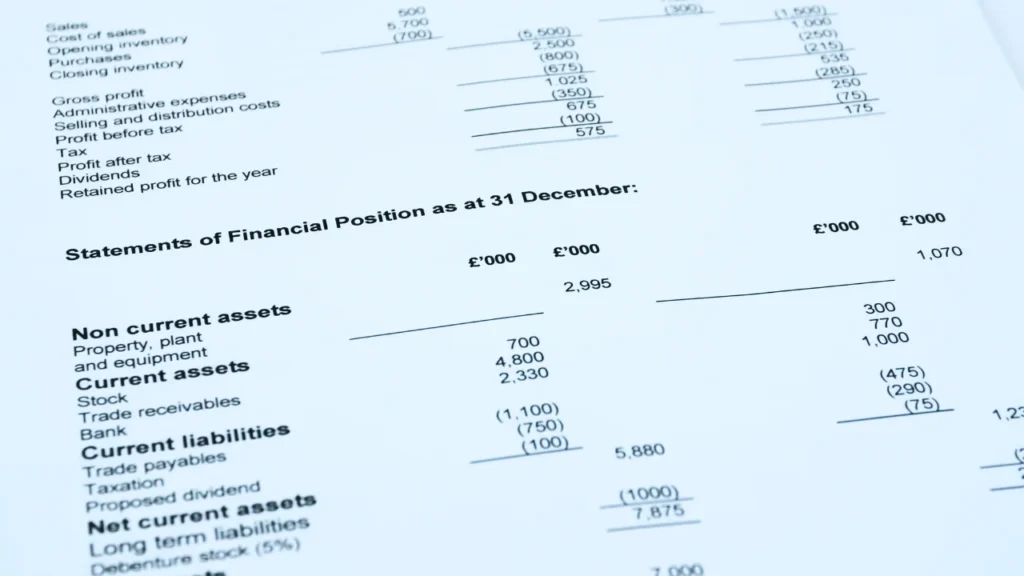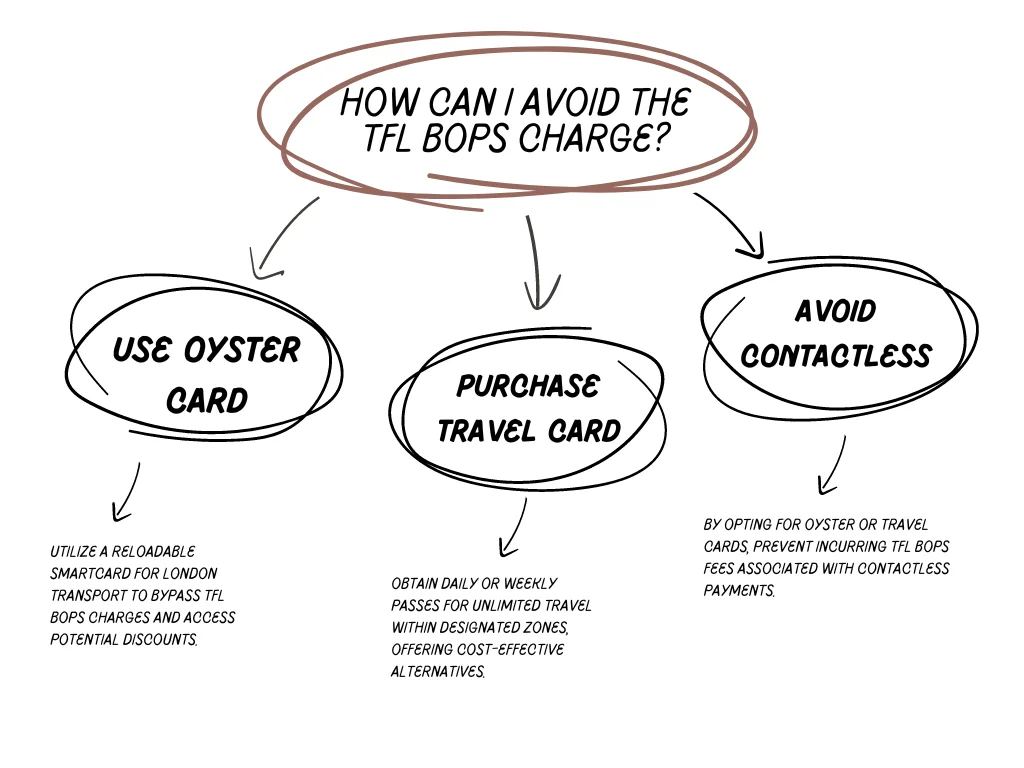If you’ve recently checked your bank statement and noticed a charge from TFL BOps, you may be wondering what it is and why it’s on your statement. TFL BOps stands for Transport for London Business Operations, and it is a charge that is associated with using public transportation in London, England. In this article, we will dive into the details of what the TFL BOps charge is, how it works, and why it may appear on your bank statement.
Read to know CRO Charge on Bank Statement.

What is TFL BOps?
TFL BOps is a charge that is associated with using public transportation in London, specifically the London Underground, buses, and trams. It is a charge that is applied to your bank account when you use a contactless payment method, such as a debit or credit card, to pay for your transportation. This charge is managed by Transport for London (TFL), the government agency responsible for managing and operating public transportation in London.
How does TFL BOps work?
When you use a contactless payment method to pay for your transportation in London, the TFL BOps charge is applied to your bank account. This charge is calculated based on the distance you travel and the type of transportation you use. For example, if you take a bus for a short distance, the charge will be lower compared to taking the London Underground for a longer distance.
The TFL BOps charge is also capped at a certain amount per day, known as the daily cap. This means that once you reach the daily cap, you will not be charged for any additional trips you take that day. The daily cap varies depending on the type of transportation you use and the zones you travel through. For example, the daily cap for using only buses is lower compared to using both buses and the London Underground.
Why do TFL BOps appear on my bank statement?
If you have used public transportation in London and paid with a contactless payment method, you will see the TFL BOps charge on your bank statement. This charge is a legitimate fee for using public transportation and is managed by TFL. It is important to note that this charge will only appear on your statement if you have used a contactless payment method. If you have purchased a physical ticket or used an Oyster card, you will not see the TFL BOps charge on your statement.
How can I avoid the TFL BOps charge?

If you are a frequent user of public transportation in London, you may be wondering if there is a way to avoid the TFL BOps charge. The best way to avoid this charge is to purchase an Oyster card. An Oyster card is a reusable smartcard that can be topped up with credit and used to pay for transportation in London. When using an Oyster card, you will not be charged the TFL BOps fee, and you may also receive discounted fares compared to using a contactless payment method.
Another way to avoid the TFL BOps charge is to purchase a daily or weekly travel card. These cards allow you to travel unlimited within certain zones for a set price. This can be a cost-effective option for those who use public transportation frequently.
Conclusion
In conclusion, the TFL BOps charge is a legitimate fee associated with using public transportation in London. It is managed by TFL and is applied to your bank account when you use a contactless payment method. To avoid this charge, consider purchasing an Oyster card or a daily/weekly travel card. We hope this article has provided you with a better understanding of the TFL BOps charge and how it works. Happy travels!
